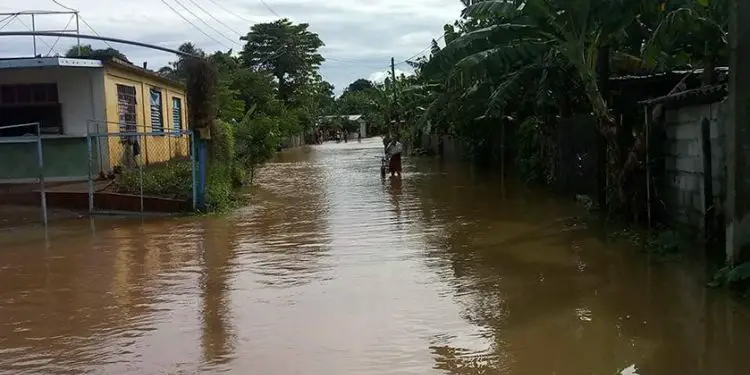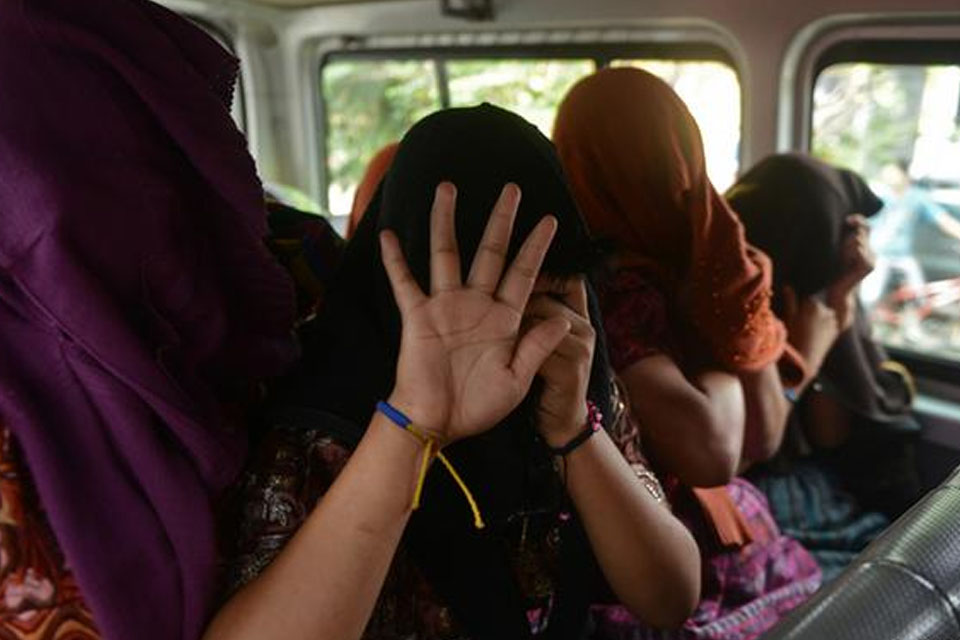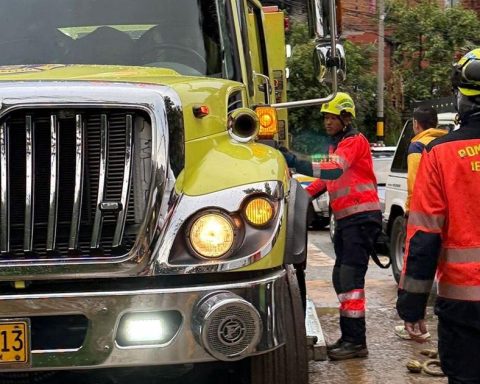MADRID, Spain.- In the midst of the serious housing crisis that Cuba is going through and to which the regime continues without providing a solution year after year, with the heavy rain In recent days, more than 1,000 families from the eastern part of the country have joined those that already existed without a roof or with properties in precarious conditions.
According to a preliminary report on the analysis of damages, shared this Thursday by the Cuban News Agency, In the province of Camagüey there are 744 houses affected and four protection centers remain active, and in Las Tunas there are 80 affected homes. In Holguín there are 113 houses reported with some type of affectation, the information specifies.
While in Granma, “the greatest effects on urban and rural infrastructure are concentrated in the collapse of houses, roofs and walls, as well as partial damage to other state buildings,” said the official. Granma.
In Granma to date, more than 184 property damages have been quantified, and of these 41 are total collapses, 113 partial collapses, and around thirty roofs with total and partial damage.
Yesser Izaguirre Ojeda, Provincial Director of Housing, stressed that these figures are preliminary, since there are still around 200 homes to be visited that could not be reached due to flooding.
The manager pointed out that “it will not be possible to achieve the recovery of all the affected homes in a short period of time”, and that “a strategy has been set up to prioritize those that have roof damage, as well as others that had damage associated with events previous climatological conditions.
Last year the Cuban government breached its housing construction plan: 21,229 homes were completed, which represented 58 percent of the planned annual plan.
In 2021, the housing debt of the Cuban Government with the population was greater than 40 percent in terms of the plan for the delivery of houses. This debt increased during 2022, in which the housing crisis worsened after the passage of Hurricane Ian, last September, which only in the province of Pinewood of the river It left more than 100,000 homes affected.
In the midst of this crisis, among other reasons for the alleged lack of materials, it recently emerged that the regime exported 5,000 tons of washed sand to the Cayman Islands, one of the most used materials in construction.

















